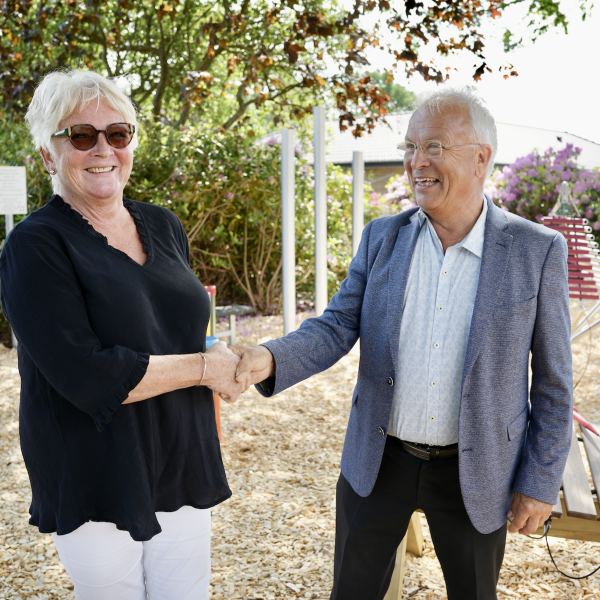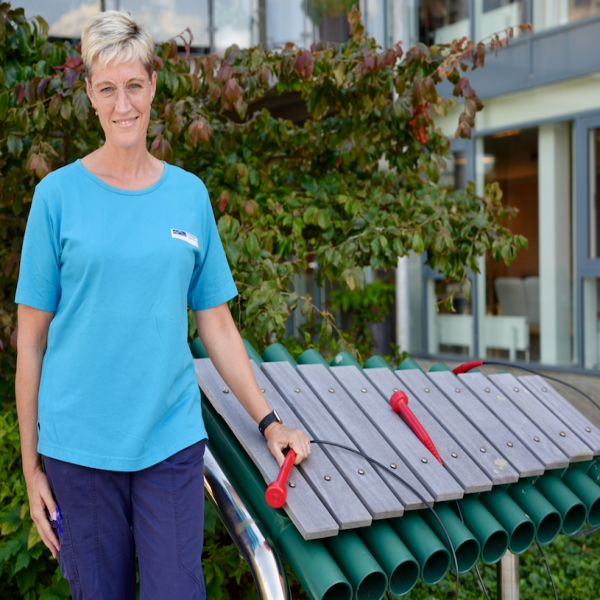Are There Enough Playgrounds in the UK?
There are more than 16,000 playgrounds provided by district councils in England, but are there enough to serve the 11 million children aged under 15 nationwide? Well, those figures equate to around 690 children to each playground, so there’s clearly a problem here. What are the consequences of a society that doesn’t invest in play?
This report uses data from the England and Wales 2011 Census, Fair Play for Children’s survey of 326 local authorities and gov.uk.
Parish councils and privately or community-funded playgrounds are not included.
How Do Things Play out in Your Local Area? Search for your nearest parks with gov.uk – how many can you find in your area? We thought we’d try a little experiment. We checked our local area, managed by East Hampshire District Council.
East Hampshire District Council provides a grand total of 16 play areas in the region to serve (as of the 2011 census) over 20,000 children under 15 years old. That’s 1,250 children to each park – nearly double the national average.
That might seem a little misleading if you consider that most of our area’s population lives in rural areas, where there’s generally more open space and opportunity for children to play outdoors. That assumption isn’t entirely fair, though.
Play isn’t simply a way to pass the time running around in a field; it’s absolutely essential to development – and that includes playing with others. Playgrounds offer a unique environment in which for children to learn with others and to secure important social skills. Justifying a lack of playgrounds by observing that there’s lots of open space isn’t a fair argument to make.
Other, similarly rural areas (such as Winchester, with 24 district council play areas serving 20,000 under-15s, and Chelmsford, with 24 green areas and parks serving 30,000 children) follow a similar pattern: lots of children, not a lot of parks and a ratio of children to government-funded parks far below the national average (itself already poor).
What about Urban and More Densely Populated Areas? So if rural areas are falling behind with the justification that rural means outdoorsy, what are the statistics like for urban and densely populated areas?
Let’s look at the City of Westminster (you can’t get much more densely populated than that).
In the district of Westminster, there are 17 listed playgrounds. The local authority is responsible for 15 of these. These 17 playgrounds serve 34,000 under-15s, making for 2,000 children per park – nearly three times higher than the national average.
Again, this might seem unfair. London is cramped as it is and the vast majority of the population are working professionals, not children. But that’s still an awful lot of children being left behind.
Closer to home, Portsmouth is the most densely populated area in the UK after London. There is a total of 29 play areas and playgrounds managed by the district council, not counting common land and green areas.
With 34,000 under-15s living in this area, that makes over 1,100 children to a playground. It’s difficult to see where all these play areas making the national statistic are coming from. So where are they all?
The Extremes Liverpool’s district council boasts 43 playgrounds and play areas for children and is known for having an abundance of parks and common areas.
Even there, 43 play areas serving 79,500 under-15s (as of 2014) doesn’t put the city anywhere near the claimed national average of 2011.
Now to the other end of the scale: in a 2015 study, Warrington took the bottom spot for culture in the UK. With only ten play areas to speak of and over 36,000 under-15s, over 3,600 children are left to share each district-council-provided playground.
The best and worst don’t seem to bode well for the outlook of play and development. Even in an ageing society, the young make up a significant portion of the UK’s population.
The Impact on Children It seems that the lack of playgrounds in the UK is worse than we thought. Even areas citing the most playgrounds compare (statistically, at least) similarly to those with the least.
This will have a knock-on effect on society as a whole, but in the short term it hits children the hardest.
Child obesity is at a near-pandemic level; almost a third of children in the UK aged 2–15 are overweight or obese. A lack of playgrounds will not reasonably aid the situation.
But it’s not just about physical health and wellbeing. Social play and learning are impacted heavily too. It’s not just a lack of playgrounds that’s to blame, of course; there’s been a noticeable cultural shift towards sedentary lifestyles and indoor, solitary play.
A toxic blend of parental fears, digital media and shrinking play spaces has resulted in children spending less time playing outdoors than ever before. The vast majority of children aged 5–12 spend less time outside per day than is required by UN prison guidelines.
Given the evidence, there’s a strong case for deeper investment in play and spaces for children to explore and learn in. In a climate where public spending is being cut, the onus falls on parents, teachers and children’s advocates to pursue change.

Med støtte fra generøse donorer, herunder Nordea-fonden, har "Musik i haven" skabt et meningsfyldt samlingssted for alle. Instrumenterne fremmer fællesskab,...

Vi er utroligt glade og stolte over at kunne introducere vores helt nye Liberty...
